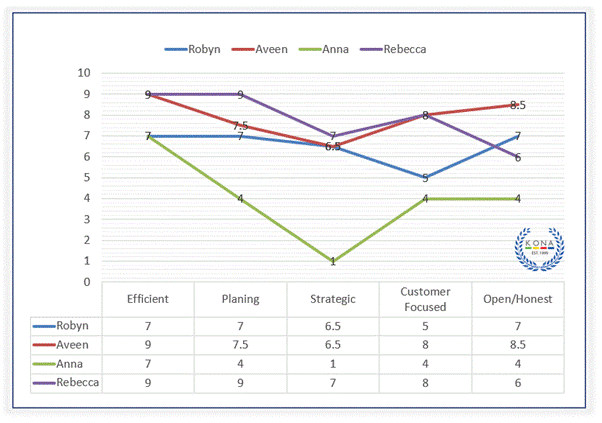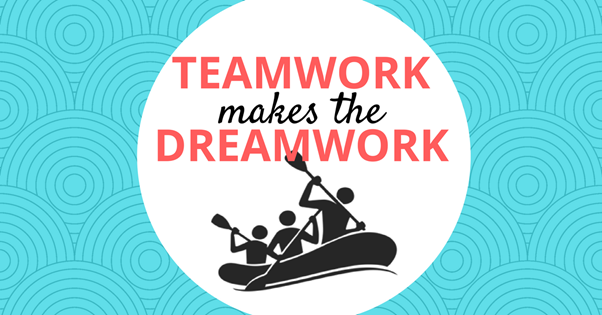Sales Management is a balancing act. Some days you’re a cheerleader. Other days you’re a drill sergeant. And occasionally you’re just trying not to get in the way of your own team.
The real challenge is knowing which hat to wear and when. That’s the sales manager’s dilemma. Coach, push or step back. Get the timing right and you elevate performance. Get it wrong and you stall momentum, frustrate a good salesperson or accidentally kill a deal that could have been saved.
Let’s break down how to figure out which approach your team needs in the moment.

1. When to Coach
Coaching is your most powerful long term lever. Great coaching turns average salespeople into consistent performers and strong performers into stars. But coaching is not correcting every tiny mistake or telling people what to do. Coaching is about developing their thinking so they can diagnose and solve problems on their own.
You should lean into coaching when:
- A salesperson is motivated but lacking clarity.
- The issue is skill based rather than attitude based.
- You want long term improvement rather than a quick fix.
In these moments, slow down. Ask questions. What were they trying to achieve in the call or meeting? Where did it go off track? What options do they see for approaching it differently next time?
Your job is not to provide all the answers. Your job is to help them uncover their own.
When coaching is done well, your reps walk away with more confidence and more capability. They feel supported instead of judged. Over time, they become more self reliant which frees you up to focus on the bigger strategic picture.
2. When to Push
Sometimes people need a nudge. Or more accurately, a shove. Not every performance issue can be solved with gentle reflection and open-ended questions. There are moments when a salesperson is off track, and you can see it clearly even when they can’t. That’s when it’s time to push.
Push when:
| A rep knows what to do but isn’t doing it. |
| Activity levels have slipped. |
| A deal is at risk because the rep is avoiding a tough conversation. |
| The behaviour problem is affecting the rest of the team. |
Pushing doesn’t mean yelling or micromanaging. It means being direct, setting clear expectations and holding them accountable. It’s reminding them of their goals and why the work matters. It’s giving them a sense of urgency that they may have lost.
The trick is to push with purpose and professionalism. You’re not punishing them. You’re helping them rise to their potential. Many salespeople actually respond well to a clear directive, especially when they know you’ve got their back.

3. When to Get Out of the Way
This may be the hardest part of sales management. Sometimes the best thing you can do is step aside entirely. High performing salespeople often hit their stride when they have room to run. They thrive on autonomy, trust and ownership.
Step back when:
| The rep has proven they can deliver consistently |
| They have more expertise in the account or industry than you do. |
| Your involvement will slow down the deal rather than add value. |
| They’re showing leadership qualities and need the space to grow into them. |
Getting out of the way doesn’t mean you disappear. It means you shift into a support role. You’re available but not hovering. You’re aware but not interfering. You’re trusting them to do what you hired them to do.
And here’s the secret. Stepping back is also a powerful motivator. It signals respect. It shows you believe in their ability. That alone can elevate performance more than any pep talk ever could.
4. The Real Skill Is Reading the Moment
There’s no magic formula for deciding when to coach, push or step back. It comes down to reading the moment, understanding the individual and trusting your leadership instincts.
Ask yourself:
- What does this person need right now.
- Are they stuck because of skill, mindset or circumstances.
- Will my involvement improve the outcome or make things worse.
- What approach will help them grow for the long term.
Great sales managers adapt. They stay curious. They stay connected. And they always remember that their job is to bring out the best in their people, not simply control their outcomes.

Sales management is not easy. It demands emotional intelligence, sharp judgment and the willingness to switch gears quickly. But when you master the balance, you create a team that is confident, capable and consistently closing.
If you want support in strengthening your leadership skills and learning how to coach, push and step back with confidence, contact KONA Training for tailored Sales Management Training designed to help you lead with clarity and impact.
Call KONA on 1300 611 288 or send us an email to info@kona.com.au
Author – Garret Norris – https://www.linkedin.com/in/garretnorris/





































 Many people will certainly have higher sensitivity to germs and the risks of spreading infections. This behaviour alone will change many industries. Customers and workers will be more sceptical of close contact with others. Consumer travel, dining, entertainment and product preferences will be different moving forward. The list of changed behaviours and their impact will surely be long, though still to be formed as COVID-19 runs its course.
The number of behaviour changes will grow depending on how many people are directly affected, how severely and for how long. Many new behaviours will be normalised as customers practice them repeatedly over months.
Many people will certainly have higher sensitivity to germs and the risks of spreading infections. This behaviour alone will change many industries. Customers and workers will be more sceptical of close contact with others. Consumer travel, dining, entertainment and product preferences will be different moving forward. The list of changed behaviours and their impact will surely be long, though still to be formed as COVID-19 runs its course.
The number of behaviour changes will grow depending on how many people are directly affected, how severely and for how long. Many new behaviours will be normalised as customers practice them repeatedly over months.
 Many customer behaviour changes will require new or modified products and services. New market leaders will emerge while some past leaders fade. Many companies will struggle post COVID-19.
Many customer behaviour changes will require new or modified products and services. New market leaders will emerge while some past leaders fade. Many companies will struggle post COVID-19.

 Understanding what your customers will value in the post-COVID-19 business world and acting on it will ensure your survival and success and put you ahead of major competitors.
These points cannot be over-emphasised – knowing the customer will sort the post-COVID-19 business winners from the competition.
Understanding what your customers will value in the post-COVID-19 business world and acting on it will ensure your survival and success and put you ahead of major competitors.
These points cannot be over-emphasised – knowing the customer will sort the post-COVID-19 business winners from the competition.











































































